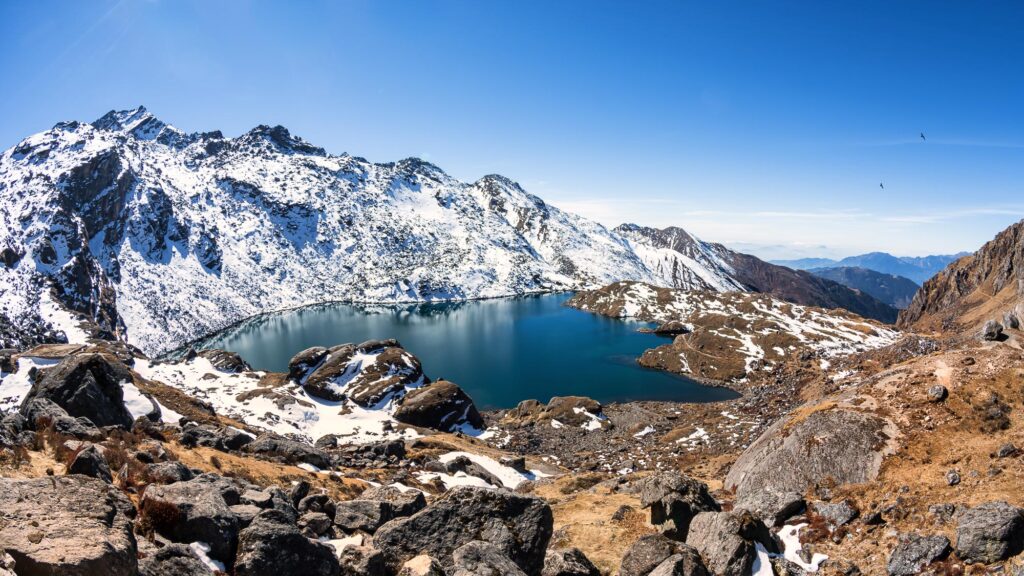
The sacred lakes of Gosainkunda, the highest of which is 14,107 feet (4300 m.), are among the most spectacular sights in the vicinity of Kathmandu. These lakes are located just north of the capital and are accessible via a reasonably good road to the trailhead. On this nine-day tour, you’ll drive from Kathmandu to Dhunche and then trek steadily upwards to the sparkling blue lakes surrounded by mountains and expansive views.
Highlights
- Walk along with one of the ancient trade routes that connect Kathmandu and Tibet.
- Experience the beauty of mountain lakes that are thought to be Lord Shiva’s abode.
- Learn about Nepalese mountain lifestyles.
- Enjoy a strenuous trek that is easily accessible from Kathmandu.
Overview
Gosaikunda also spelled Gosainkunda and Gosain Kunda is an alpine freshwater lake in Nepal’s Langtang National Park, located at 4,380m (14,370 ft) in the Rasuwa District. There are approximately 108 lakes in the surrounding area. The lake is the main water source for the Trishuli River.
Want to know more?
| Viber / WhatsApp | 9864014537 |
| Kathmandu office | 01-4439962, 01-4439963 |
| Price |
Trip Itinerary Brief
| Day | Highlights | Overnight |
| Day 1 | Welcome to Kathmandu | Kathmandu |
| Day 2 | Drive Kathmandu to Dhunche | Dhunche |
| Day 3 | Trek Dhunche to Sing Gompa | Sing Gompa |
| Day 4 | Trek Sing Gompa to Lauribina | Laurebina |
| Day 5 | Trek Laurebina to Gosainkunda Lake | Gosainkunda |
| Day 6 | Trek Gosainkunda to Sing Gompa | Sing Gompa |
| Day 7 | Trek Sing Gompa to Thulo Syabru | Syabru |
| Day 8 | Trek to Syabrubesi – Drive to Kathmandu | Kathmandu |
| Day 9 | Depart Kathmandu |
Detailed itinerary
Day 1: Welcome to Kathmandu!
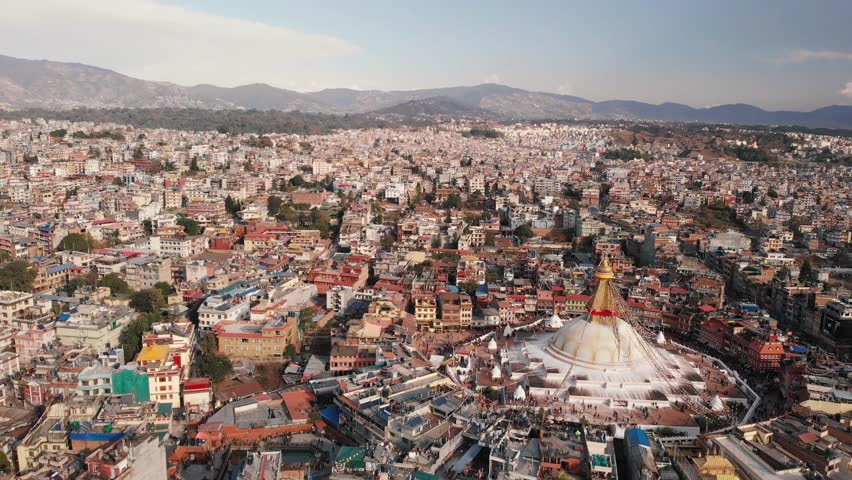
As you fly into Kathmandu, you’ll be treated to stunning views of the valley, the Himalayas, and the terraced fields below. After clearing customs, a representative will be waiting to help you navigate the narrow, winding streets of Kathmandu and get you settled into your hotel. After you’ve settled in, go see one of Kathmandu’s cultural highlights. In the evening, the tourist district of Thamel is a good place to get your first meal, with a variety of restaurants serving both Western and Nepali cuisine.
Day 2: Drive Kathmandu to Dhunche
Early in the morning, drive from Kathmandu to the mountain town of Dhunche. The journey takes about five to six hours and gradually gains altitude. The road up to Trishuli Bazaar is relatively smooth at first, then turns to gravel.
Your guide will show your trekking permit at the checkpoint at the entrance to the Langtang National Park. Drive for another hour from here. Before arriving in Dhunche, we can see views of the Langtang and Jugal mountain ranges. This is the starting point for your journey to Gosainkunda, which will begin the following day.
The elevation is 6280 feet/1960 meters.
Driving time: 7 to 8 hours
Day 3: Trek Dhunche to Sing Gompa
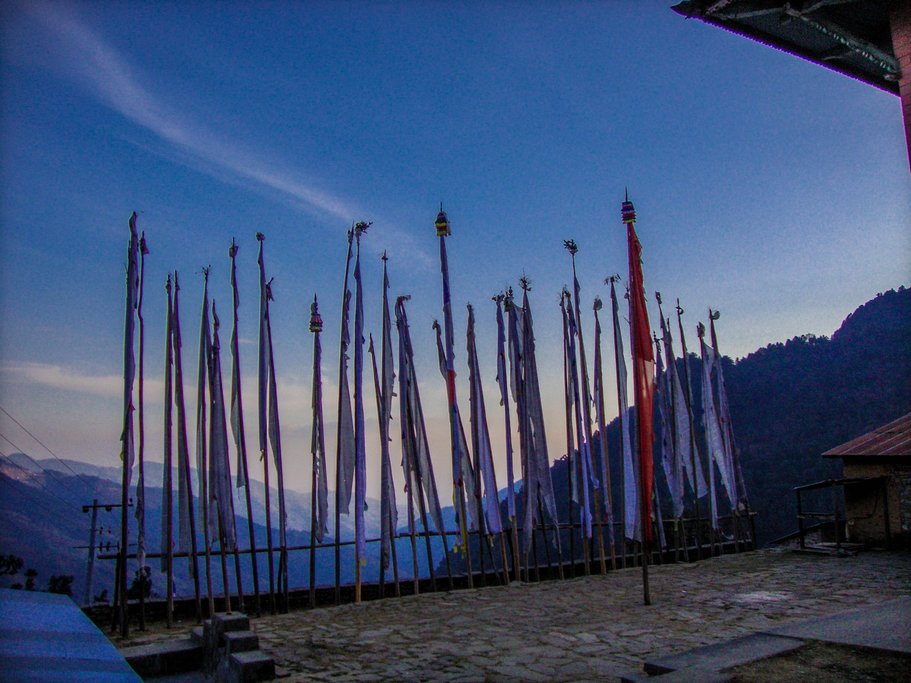
Our trek begins after breakfast from Dhunche. It’s fairly straightforward at first, as we pass through town and take a side trail that leads into the mountain’s side. From here, it’s all uphill for the next five hours as we inch forward slowly and steadily. Stop for lunch at Sing Gompa, our destination for the day high on the ridgeline. This village also has a charming yak cheese farm.
The elevation is 10,660 feet/3330 meters.
Walking time: 6 to 7 hours
Day 4: Trek Sing Gompa to Lauribina

Today’s trek will be shorter as we continue to gain altitude, so it’s best to keep the pace slow and steady. To the west, Himal Chuli (25,895 ft./7893 m.), the Manaslu range (26,758 ft./8156 m.), and the Ganesh Himal range (24,297 ft./7406 m.), Tibetan peaks, and Langtang Lirung (23,710 ft./7227 m.) are visible. Even the Annapurna range can be seen rising behind on a clear day.
We’ll arrive at the makeshift lodges in Lauribina in about four hours and stop to take in the scenery.
The elevation is 12,545 feet/3920 meters.
Walking time: 4 to 5 hours
Day 5: Trek Lauribina to Gosainkunda Lake

The big day has arrived! Continue trekking steadily for another three to four hours to reach the lakes of Gosainkunda in time for lunch. We can walk for an hour to the highest point at Laurebina Pass, at 15,091 feet (4600 m.), or we can go over to the viewpoint above the lake, where there are dramatic mountain views. Alternatively, simply relax and take in the scenery of the lake. It’s entirely up to you.
The elevation is 14,465 feet/5145 meters.
Walking time: 4 to 5 hours
Day 6: Trek Gosainkunda to Sing Gompa
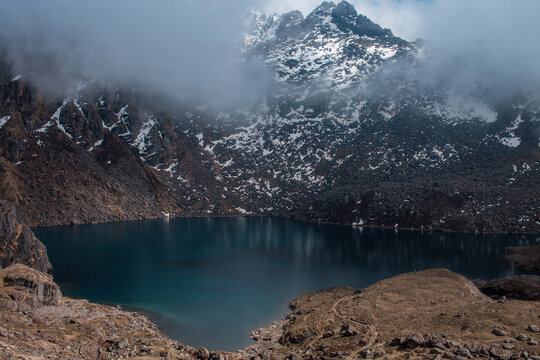
Today it’s time to head back down the mountain and say goodbye to the lake. Retrace your footsteps for about 4.5 hours, to Sing Gompa. The journey should be easier on the way down than it was coming up, as your altitude decreases. Enjoy some well-deserved cheese at Sing Gompa.
Altitude: 10,660 ft./3330 m.
Walking duration: 4 – 5 hours
Day 7: Trek Sing Gompa to Thulo Syabru
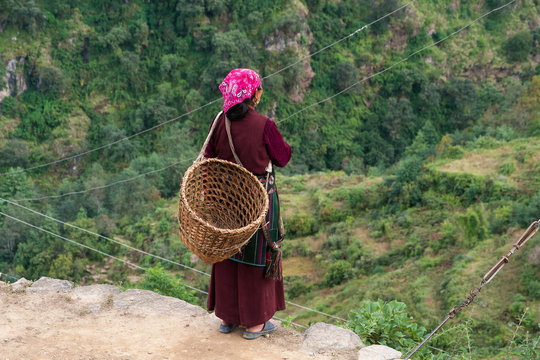
It takes about four hours to walk down to Thulo Syabru today. The trails begin with a descent through pine, silver oak, and rhododendron forests (along with marijuana plants!). You’ll also cross a suspension bridge with spectacular mountain views.
The elevation is 7220 feet/2250 meters.
Walking time: 4 to 5 hours
Day 8: Trek to Syabrubesi – Drive to Kathmandu

Walk the last section of the trail down from Thulo Syabru to Syabrubesi, from where you’ll take the bus back to Kathmandu. The journey will take the entire day, but you will be able to eat and take a hot shower in the city again tonight.
The elevation is 7615 feet/2380 meters.
Walking time: 1 to 2 hours
Driving time: 7 to 8 hours
Day 9: Depart Kathmandu
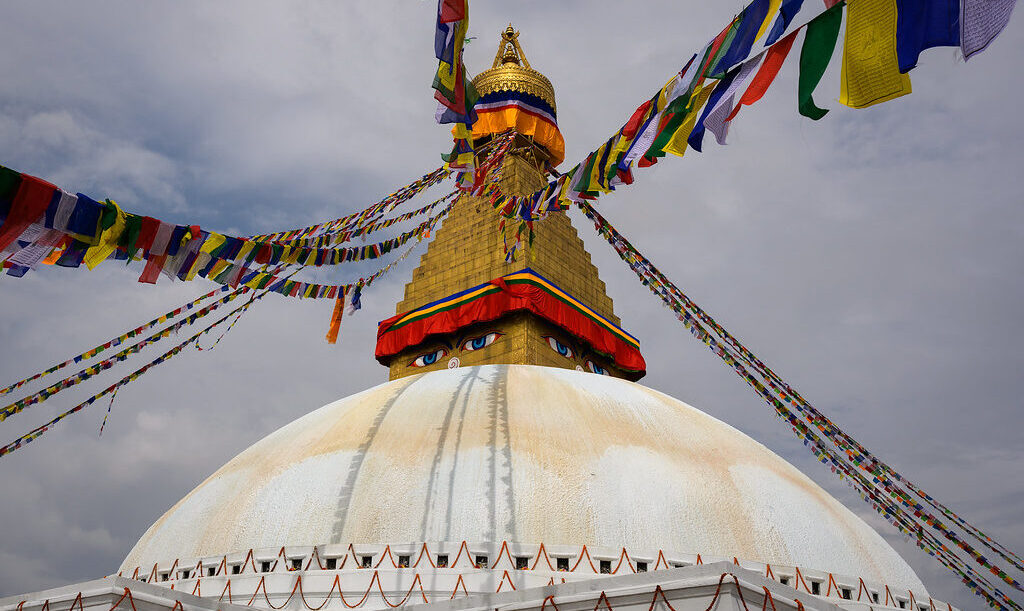
It’s time to say goodbye to Nepal. Enjoy your final moments in Kathmandu by having breakfast in a café, taking a final stroll through the narrow alleys and temples, and shopping for souvenirs. A driver will meet you at your hotel and transport you to the airport for your return flight home. It’s best to arrive at the airport at least three hours before your flight.
Dissimilarity
The altitude of the Gosaikunda trek ranges from 1880m to 4380m. The highest point on the Gosaikunda trek is Gosaikunda Lake. This variation in altitude is reflected in the shift in climate and vegetation as you move from the subtropical to the alpine zone.
Best season to Trek
The best months to trek to Gosaikunda are October to December and March to May. Gosaikunda Lake is revered as the holy lake of this region, and a pilgrimage festival is held every year on the full moon day of July/August.
The average maximum temperature remains between 22 and 30 degrees Celsius on non-rainy days. In addition, the average minimum temperature ranges from 17 to 21 degrees Celsius. It can get colder on rainy days. During these three months, it receives an average of 400-500mm of rain. However, the journey becomes drier after Dhunche. If you don’t mind the rain, plan your summer trek for early June. After mid-June, the local summer season begins. This season can be difficult if you are looking for a comfortable trekking experience or if you are a novice trekker. However, if you seek adventure and thrills while also enjoying the rain, this may be the season for you.
Getting there and back
We fly over the densely populated city of Kathmandu and enter Langtang National Park within a few minutes of takeoff. Swirling above the scattered Tamang settlements and flying alongside the verdant green hill giants, we will arrive at Gosaikunda Lake in about 15 to 17 minutes.
Meals and lodging
Do you consider breakfast to be the most important meal of the day, as I do? A nutritious breakfast sets the tone for the day and keeps you moving along the trekking trails. Each day on the Langtang trek, you will walk for 6-7 hours. For such long walks, you should start with a nutritious breakfast.
On your trek, teahouses typically begin serving breakfast between 7.00 and 9.00 a.m. This is ideal because you can begin your trek around 8 a.m. And, if you start after breakfast, you’ll be able to arrive at your destination for the day before it gets dark.
Difficulties
There are times when the trail becomes steeper and more difficult, but for the most part, they have a low angle of climb and are simple to ascend. You will, however, need to be physically fit because the trek requires you to walk for about 5-7 hours per day on average.
Gosaikunda is a moderate-level trek whose difficulty is determined by a variety of external factors. The 108 lakes, a religious site for both Hindus and Buddhists, are the trek’s main attraction. Because it is short and close to the capital city, it is popular with foreign tourists.
Map

